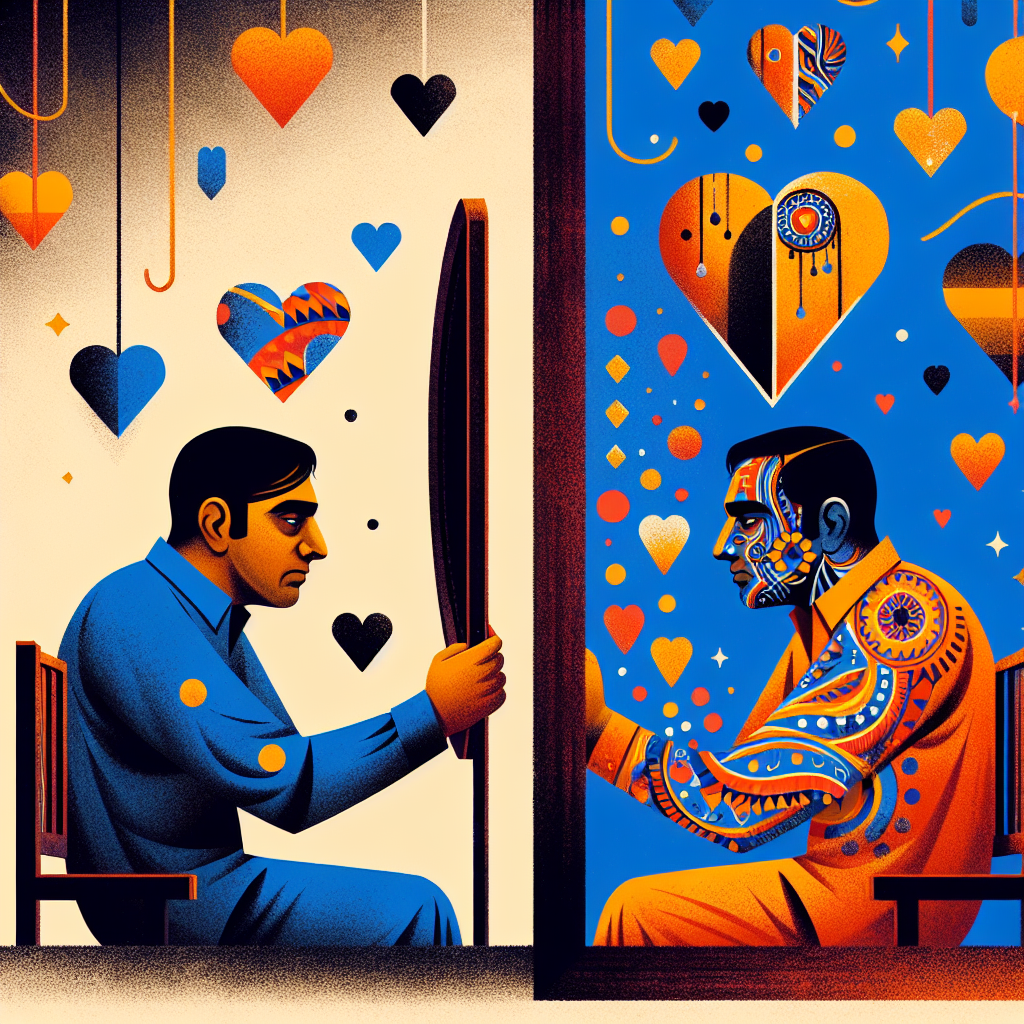Body dysmorphia, also known as body dysmorphic disorder (BDD), is a mental health condition characterized by obsessive thoughts about a perceived flaw in one’s appearance. This flaw may be real or imagined, but the person suffering from BDD is consumed by negative thoughts and feelings about their appearance, often leading to low self-esteem, poor body image, and extreme measures to try and “fix” the perceived flaw.
Living with body dysmorphia can be incredibly difficult. The constant negative thoughts and beliefs about one’s appearance can lead to feelings of shame, embarrassment, and isolation. It can make it hard to go out in public, wear certain clothing, or engage in social activities. People with body dysmorphia may also engage in behaviors such as excessive grooming, checking mirrors frequently, seeking reassurance from others, or even undergoing cosmetic procedures to try and fix the perceived flaw.
So how can one overcome body dysmorphia and learn to love their own body? Here are some tips to help navigate this challenging condition:
1. Seek professional help: If you are struggling with body dysmorphia, it is important to seek help from a mental health professional. Therapy, specifically cognitive-behavioral therapy (CBT), can be very effective in treating body dysmorphia by challenging negative thought patterns and behaviors.
2. Practice self-care: Taking care of your body and mind is essential in overcoming body dysmorphia. Engage in activities that make you feel good about yourself, such as exercise, meditation, or spending time with loved ones.
3. Challenge negative thoughts: When negative thoughts about your appearance arise, try to challenge them. Ask yourself if there is any evidence to support these thoughts, or if they are simply a result of your BDD.
4. Focus on your strengths: Instead of obsessing over perceived flaws, try to focus on your strengths and positive qualities. Remind yourself of all the things that make you unique and special, beyond just your appearance.
5. Practice self-compassion: Treat yourself with kindness and compassion, just as you would a friend. Remember that nobody is perfect, and it’s okay to have imperfections.
6. Limit exposure to triggers: If certain social media accounts, magazines, or TV shows trigger negative thoughts about your appearance, consider limiting your exposure to them. Surround yourself with positive influences that promote self-love and acceptance.
7. Connect with others: It can be helpful to connect with others who may be experiencing similar struggles with body dysmorphia. Support groups or online communities can provide a safe space to share your feelings and experiences.
Remember, overcoming body dysmorphia is a journey, and it may take time and effort to learn to love and accept your body. Be patient with yourself and seek help when needed. You are deserving of self-love and acceptance, no matter what your perceived flaws may be.

